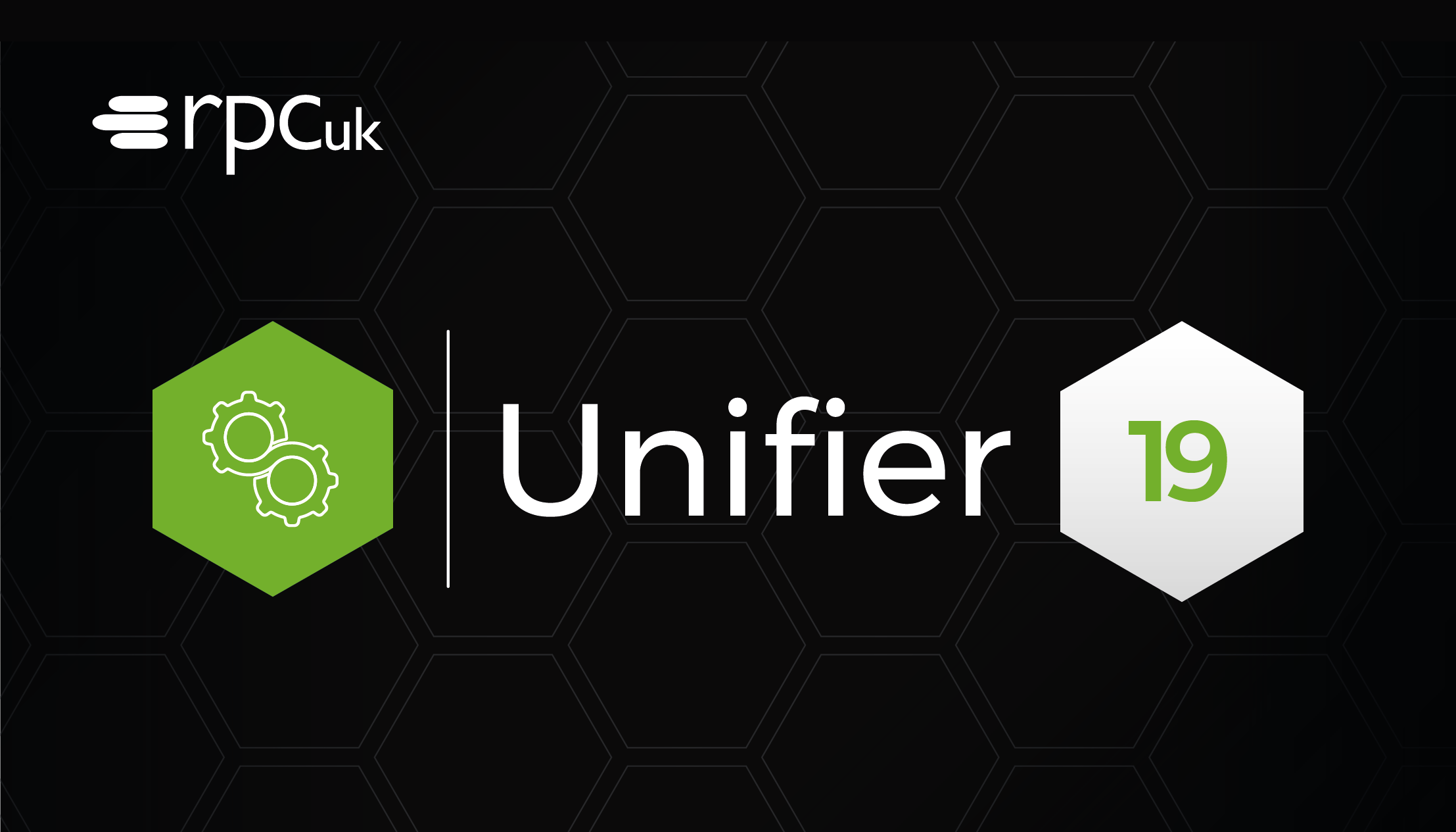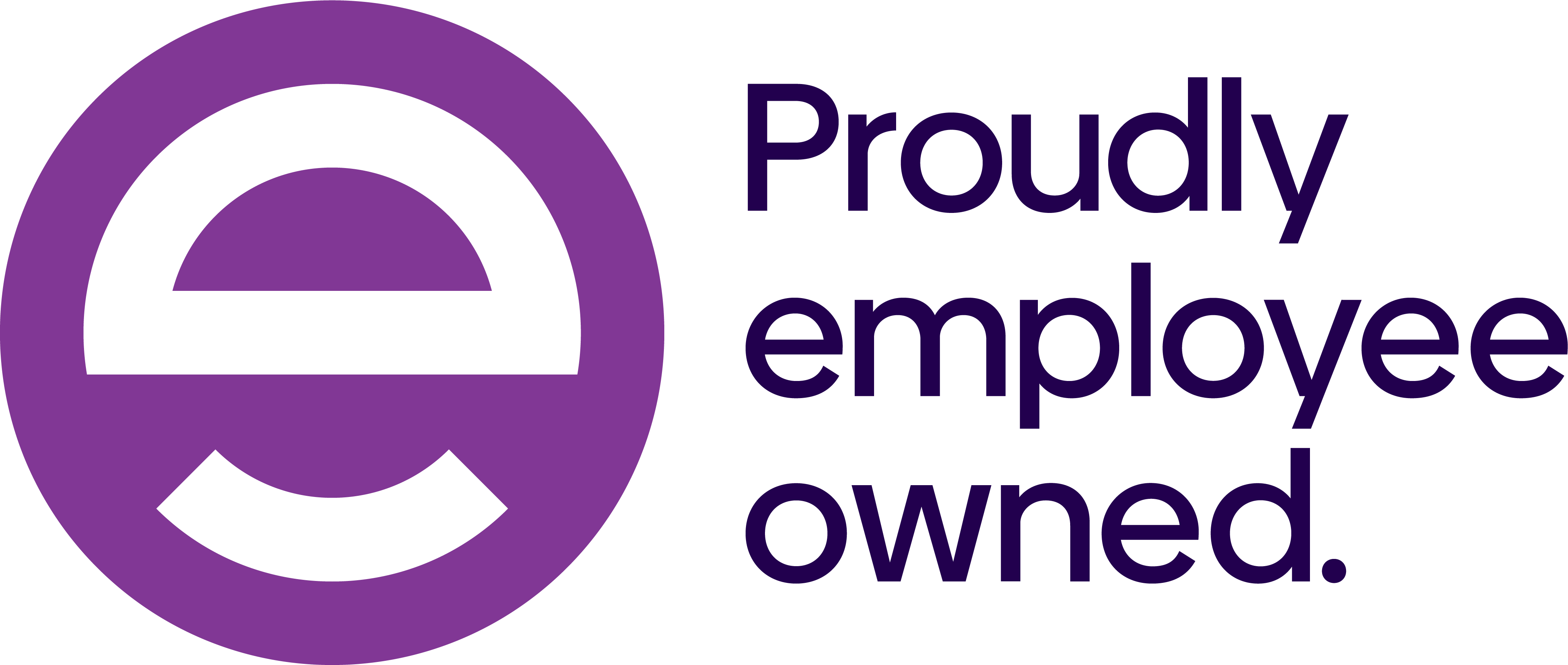Oracle Primavera Unifier: What's new in Release 19?

Oracle Primavera Unifier offers a best-in-class project lifecycle management solution for planning, delivery and cost control and ongoing operations and maintenance phases of complex projects. It includes the capacity to manage workflow, business rules and earned value, along with management functionalities for Cost and function, Document control, and Contract and change. You can also track, plan and manage capital planning, project delivery, real estate management and more.
Straight out of the box, Unifier is simple to deploy and use, but its real strength is in its ability to meet your own specific needs, with the option to create custom functionalities to accommodate bespoke business processes executed within the project controls function.
It’s an impressive project management solution, but the latest new release – version 19 – goes several steps further, with enhanced user interfaces in some modules, including the Project and Shell cost sheets, worksheets and work package logs and a new function allowing users to click an icon at the top of the screen to toggle between the new (Standard) view and the previous (Classic) view.
The biggest changes and improvements, though, are in the new Earned Value functionality that has been added, transforming your ability to monitor costs and progress and create incisive reports that will revolutionise your decision-making process. Enhancements in this new release include the ability to assign rate sheets for actual costs, maintain a hierarchy and define a form in uDesigner that captures all your required data, maintain an organisational structure similar to the resource and role structures in the Master Rate Sheet, and to capture units in the WBS and CBS, allowing you to switch between cost and units when viewing graphs to analyse your data. Let’s take a closer look at some of the new functions and how they can help you.
Earned Value Reporting in Unifier
The ability to separate cost and schedule is a function only available in Unifier, not in Oracle Primavera P6, which focusses on resource planning and scheduling, not cost. So when Oracle identified a need for an Earned Value Management function, developing it in Unifier was the logical choice. For cost engineers, focussing on forecasting final costs of project, having visibility of their budget, commitment, spend and earned value all in one place offers major benefits for the project.

Within P6 you can take multiple projects, including their baseline, through Oracle Primavera Gateway into a single Unifier project in order to consolidate multiple sub-contractor P6 projects into one Unifier project. Roles and resources held in P6 can be synchronised in Unifier via Gateway so that all earned value can be calculated and projects can be fully costed within Unifier and used as the source data for Earned Value Management calculations.
As long as P6, Gateway and Unifier are connected, all the mapping in Gateway is predefined to make this process as automated as possible: you may just wish to additionally map a UDF in P6 to one of the pre-defined elements in Unifier.
Master Rate Sheet
At Company level in Unifier, there is a new option on the left navigation bar for a Master Rate Sheet. Any updates to this sheet are audited to protect the information from unauthorised changes. Within the Rate Sheet, the Resource hierarchy from P6 can be brought through, and when this happens for the first time, any existing rate information is also copied over. Unifier then becomes the source of record for resource and role rates and any rate changes should be made within Unifier.
For resource loaded schedules, costing can now all be done within Unifier; for cost-loaded schedules, the rates in Unifier are not of interest, as the relevant rates will be brought over from P6. Users can switch between Role and Resource view, giving the ability to define role rates with effective dates: a function which is not currently available in P6.
Managing Multiple Projects, Contractors, Rates and More
Unifier 19 provides the ability to map multiple P6 projects into one Unifier project. If you have purchased licences for Earned Value Management and your users have the appropriate permissions, a new Integration tab in the Shell project details section allows you to define which P6 projects are to be mapped to the Unifier project by entering the appropriate P6 Project numbers using the ‘Add’ button.
Users can define rates and resources at Project level, as well as at Company level, with each level and project showing only the resources and roles that are included in the appropriate activity sheet. Unifier will pull resources, roles and rates from the Company level rate sheet, which you can then edit if required.
A new and versatile function gives users the ability to define multiple rate sheets (allowing for different rates to be assigned to each sub-contractor, for instance) and then assign these as required to each individual project. If rates change throughout the life of a project, this can be reflected in new, adjusted rate sheets, whilst maintaining the original baseline rate sheet for use in EVM calculations.

Keep track using Activity Sheets
In Unifier18, activity sheets were modified to include details of the activities, but also resource assignments, resource assignments unit and cost spread, and the Work Breakdown Structure. In this new release, Activity Sheet logs show data for all projects and baselines. Updates with P6 can be scheduled and will synchronise automatically, or using the ‘Get Data’ button you can manually synchronise either all projects or selected projects, and with all activity sheets including the baseline or not. This is defined by permission to protect change management controls on baselines. Users can view the WBS structure in the Activity Sheet log, along with planned, actual, remaining and at-completion units and cost, plus techniques being used to compute the ETC defined in P6.

Enhanced activity sheets in Unifier 19 no longer just show activity data, but now support activities, resource assignments, resource assignment cost and unit spread, and WBS structure. The user interface has also been enhanced to enable users to define their own views, which columns to display, the order in which to show them and choices about how the activities will be filtered, grouped and sorted. The data is also searchable and allows users to switch between viewing current project and baseline, so that everything is available on one form. A predefined form contains all the customary activity data, but users can adapt this to show the data that they require.
Actions are available so that users can assign CBS codes to activities and assignments and export activities and assignments to CSV files if required.
An Assignment tab on the right hand side of the screen shows all resources assigned to an activity along with all the planned, actual, remaining, and at completion, costs and units. Rates are brought over from P6, but there is also the option for users to override rate sheets by entering a rate directly against a resource as a result of a change order. Summary values and spread are available for each resource, and spread can be viewed by units or cost, on a weekly, monthly or annual basis.
Calculating Earned Value
With these new features, users now have access within Unifier to all the data required in order to calculate Earned Value for their projects.
You will see a new Earned Value Management option on the left navigation panel: this new option will only show in Unifier if you have purchased a licence for Earned Value and if the user has an Earned Value licence assigned to them. If both of these are in place, the Earned Value log displays a preview of the chart on the right hand side.
Next to the data refresh button is a button to display history of performance percent complete. The performance percent complete page gives performance data for each activity for each data date brought over from P6. Earned Value data is drawn from the activity sheet, but this is not updated every time the activity sheet is updated. Only when all P6 projects have progressed to a consistent data date will the Earned Value data refresh, but this update can be manual or scheduled to run automatically.

There are three options within Unifier for displaying Earned Value data. An Earned Value graph shows a bar detailing data for each data date, but there is also a graph displaying cumulative Planned Value, Earned Value actual costs and Estimate to Complete for all the P6 projects mapped into your Unifier project. The user decides which line to display and a table generates and displays the appropriate EV data for each project. Users can filter their graphs by Project and by WBS, by selecting the WBS codes they want to filter, giving the ability to focus on a subset of the project or on a particular WBS code across multiple projects. Alternatively, you can choose to filter by Project and CBS codes. Finally, a cumulative graph and a graph showing historical trending of budget or estimate and variance at completion enable users to monitor costs and their cost against schedule performance indices.
Find out more about Oracle Primavera Unifier and its features and benefits or get in touch with us to see how RPCuk can help you to take your project management processes and decision-making capabilities to the next level.
What are the benefits of Earned Value in Unifier?
Unifier provides governance across all project phases, giving you real-time visibility across projects enabling you to make fast, accurate – and cost effective – decisions. Its new and enhanced Earned Value functionality means that you can:
- Integrate cost, scope and schedule into one solution
- Compare overall project budget, contract and change orders, and commitments with Oracle Primavera P6 budgets and forecasts
- Ensure a better overview of cost and progress, giving you earlier warnings than before of when things might be going wrong
- Make use of CPI and SPI to generate forecast costs of a project
- Utilise additional rating capabilities and analysis of historical trending, not otherwise available in P6.
- Focus in on particular trouble areas of a project to get things back on track
Ultimately, and most powerfully, this latest release of Unifier will help your organisation to improve outcomes through better visibility and more intelligent decision making.
Back to Industry Insights









